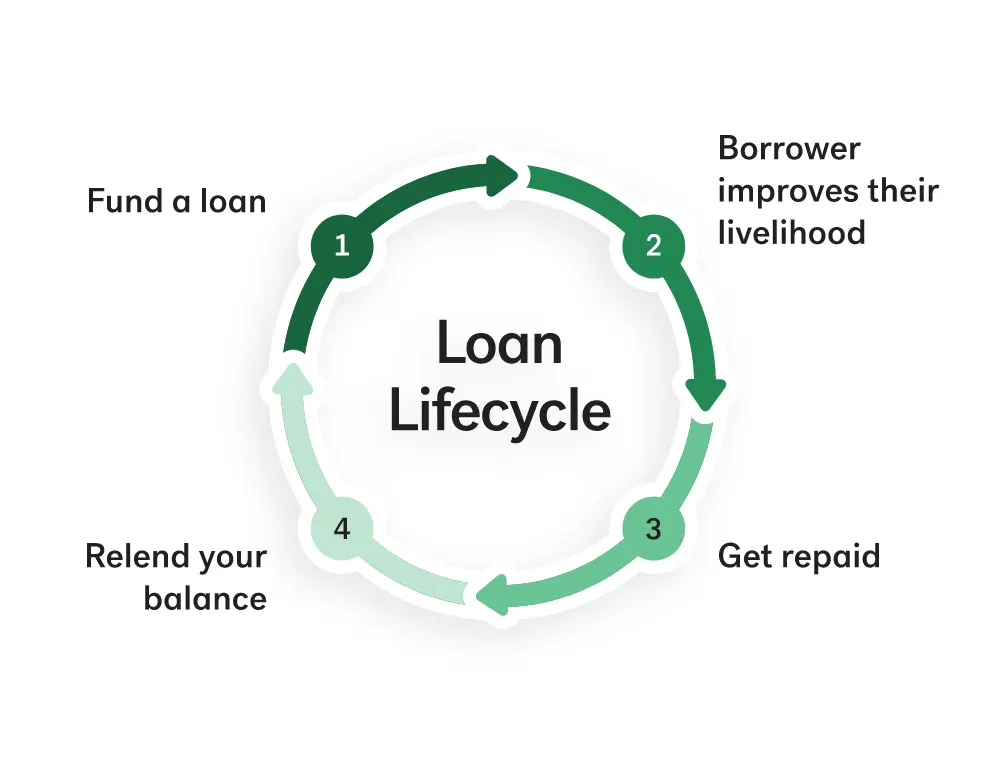As a small business owner, one of the biggest challenges you face is pricing your products or services. You want to be competitive, but at the same time, you need to make a profit. Having the right pricing strategy can be a delicate balance, and many entrepreneurs end up charging too little for fear of losing customers. However, underpricing can be just as damaging to your business as overpricing.
In this article, we’ll discuss five signs that you’re not charging enough for your products or services and why you should consider raising your prices.
1. You’re Struggling to Make a Profit
If you’re working hard and putting in long hours but still struggling to make a profit, it’s a sign that you’re not charging enough. Your costs and expenses are likely exceeding your revenue, leaving you with little to no profit. Raising your prices can help you increase your profit margin and keep your business sustainable.
2. Your Customers Are Surprised by Your Prices
If your customers are constantly surprised by your prices and commenting on how affordable they are, it’s a sign that you’re not charging enough. While it may seem like a good thing that your prices are lower than your competitors, it can actually be a red flag to customers. They may question the quality of your products or services and wonder why you’re charging so little. Being the cheapest isn’t always a great idea. Rather than offering the lowest prices, try to add more value instead to differentiate yourself from your competition.
3. You’re Attracting Price-Sensitive Customers
If you find that your customers are very price-sensitive and are always looking for discounts or negotiating prices, it’s a sign that you’re not charging enough. Price-sensitive customers are often the hardest to please and may not be the best fit for your business. By raising your prices, you can attract customers who are willing to pay for quality products or services.
4. You’re Struggling to Keep Up with Demand
If you’re struggling to keep up with demand for your products or services, it’s a sign that you’re not charging enough. High demand for your business is a good thing, but it can also be a signal that you’re not charging what your products or services are worth. Raising your prices can help you control demand and ensure that you’re providing quality products or services.
5. You’re Not Keeping Up with Inflation
If you haven’t raised your prices in years and haven’t taken inflation into account, it’s a sign that you’re not charging enough. Inflation causes prices to rise over time, and if you’re not adjusting your prices accordingly, you’re essentially losing money. Raising your prices to keep up with inflation is essential to maintaining your profit margins. Make sure to keep an eye on your competitors and the prices they charge. Then adjust your pricing strategy accordingly.

Why You Should Reconsider Your Pricing Strategy And Frequently Raise Your Prices
We get it. As a small business owner, it can be nerve-wracking to consider raising your prices. You might worry about losing customers, or you might not feel confident in the value you provide. However, it’s important to remember that having the right pricing strategy is vital to keeping your business sustainable and profitable in the long term. Here are a few reasons why you should consider raising your prices every now and again:
Increased Profit Margin
Raising your prices means you can increase your profit margin, which is essential to keeping your business sustainable. A higher profit margin means you’ll have more money to invest in your business, such as improving your products or services, hiring more staff, or expanding your marketing efforts
Improved Perceived Value
Raising your prices can improve the perceived value of your products or services. Customers often associate higher prices with higher quality, and by raising your prices, you can position yourself as a premium provider in your market. This can help attract customers who are willing to pay more for quality products or services.
Better Customer Fit
By raising your prices, you can attract customers who are willing to pay for quality products or services. These customers are often more loyal, less price-sensitive, and more likely to refer others to your business. Raising your prices can help you attract the right type of customer and build long-lasting relationships.
Increased Confidence
Raising your prices can also increase your confidence in your products or services. When you charge what your products or services are worth, it shows that you have confidence in your business and believe in the value you provide. This confidence can be contagious and can help attract more customers to your business.
Better Positioning
Raising your prices can help position you as a leader in your market. By charging more than your competitors, you can differentiate yourself and stand out in a crowded market. This can help you attract customers who are looking for the best products or services in your industry. Charging more also allows you to add more value to your products or services. Try adding something that nobody else is offering.
To bring it all together, charging too little for your products or services can be just as damaging to your business as overpricing. If you’re experiencing any of the five signs we discussed, it’s time to reconsider your pricing strategy. By doing so, you can increase your profit margin, improve your perceived value, attract better customers, increase your confidence, and better position yourself in your market. So don’t be afraid to charge what your products or services are worth – it’s a necessary step to keep your business sustainable and profitable.
Work With Our Team of Brisbane Marketing Experts
At Done Digital, we help small business owners implement an automated marketing strategy that is designed for sustainable long-term growth. Our approach typically involves a combination of website optimisation, SEO, lead capture strategy, email marketing, and content strategy. By automating these processes, we can help you save time, increase efficiency, and generate consistent leads for your business.
We understand that every business is unique, which is why we tailor our strategies to meet your specific needs and goals. To learn more about how we can help your business grow, book a free strategy call with one of our marketing consultants today. We’ll work with you to develop a customised plan that fits your business and drives sustainable long-term growth.

 Done Digital
Done Digital Done Digital
Done Digital Done Digital
Done Digital

